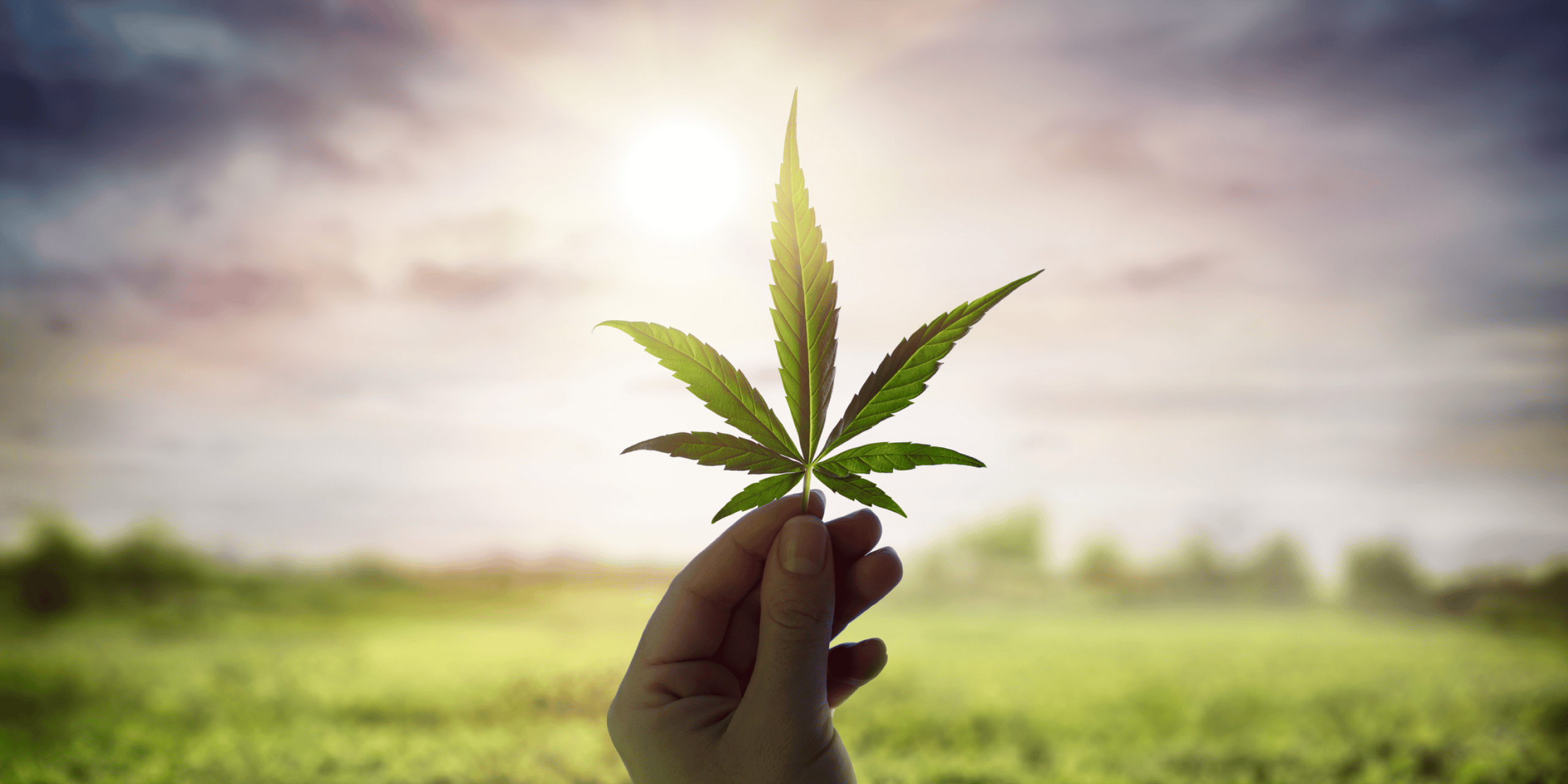KEY TAKEAWAY: Cannabis can remain in your system for anywhere from one to thirty days, and is detectable even longer in your hair follicles — here are some factors that play a role.
Jump Ahead
Cannabis use among Canadians continues to grow. According to Statistics Canada, cannabis use reached a high in 2020, with 20% of Canadians 15 and older reporting to have consumed cannabis within the past 3 months. The U.S. is reporting similar increases in usage, and like Canada, it is primarily with the adult working population. While recreational cannabis is legal in Canada and many U.S. states, being high at work is not, particularly if you are working in a safety-sensitive position.

Do you have workers that require testing in the US?
SureHire is proud to offer testing services in the US, including:
• Express and Lab-Based Drug Testing
• Alcohol Testing
• Department of Transportation (DOT) Random Testing
• Non-DOT Random Testing
• Lung Health Monitoring and Respirator Fit Testing
• Audiometric Testing
• Background Checks

While the intoxication effects of marijuana can last for up to 6 hours, it stays in your system for much longer (and, neither determining intoxication nor predicting how long it will last in your system is an exact science). First, it is essential to note that it is delta-9-tetrahydrocannabinol (THC) that most people refer to when evaluating how long cannabis can stay in your system. Other compounds can also be detected, but drug tests look specifically at THC, the compound responsible for the euphoric effects of marijuana.
According to most experts, cannabis can remain in your system for anywhere from 1 to 30 days after last use and can be detectable in hair follicle drug testing for several months. That’s a wide range in the window of detection, and the range is because many things can affect the longevity of marijuana. Here are 6 factors that can influence how long cannabis stays in your system.
1. Amount of THC consumed
The more THC you consume, the longer it will take your body to break down and eventually eliminate it from your system. However, you also need to factor in the relative strength of what you are consuming and the type of marijuana you consume. For example, some forms of marijuana are stronger than others.
While your method of consumption doesn’t affect how long it stays in your system, smoking or vaping cannabis takes effect more quickly. In contrast, it takes longer — often several hours — for people to feel the effects of eating cannabis. Since people may not realize how much they are actually consuming with cannabis edibles, you may consume more, which will affect how long it stays in your system. [Learn more in “Pot Topics: Cannabis 2.0”].
2. Genetics
Genetics can also play a role in how long marijuana stays in your system. Variants of some enzymes, for example, can accelerate the elimination of marijuana in some people. The concentration of these enzymes in your system is often an inherited trait.
3. Frequency of Use
The effects of marijuana can be cumulative, so the more you use it, the more it is apt to be detectable in your system. Overall duration and frequency of use can affect how long marijuana remains in your system, and chronic users retain marijuana in their systems for much longer than occasional users. Research suggests that detection windows for someone using marijuana for the first time are about 3 days. For those who consume marijuana daily or more often, the detection window can last as long as 30 days.
4. Body Fat
Body fat can also affect marijuana detection. THC is fat-soluble, which means it can bind to fat molecules and stay in the system longer. This means people with a body composition that features higher concentrations of body fat may metabolize marijuana more slowly. Age and gender may also be factors, although these, too, may be related to either body fat or metabolic rates.
5. Metabolism
Marijuana is eliminated from the body by normal bodily functions. An individual with a high metabolism will tend to eliminate marijuana and its active metabolite, THC, far more quickly than an individual with a slower metabolism. If you have a high metabolism, your detection window is likely to be far shorter.
6. Types of Drug Tests
The length of time that marijuana can be detected in the system is also dependent on the method used to detect it. For example, urine tests can detect marijuana for 3 to 30 days after use, but blood tests can only reliably test for 3 to 4 hours. Saliva tests can typically detect marijuana for only 24 hours after use, although some can detect the presence of marijuana within 72 hours after use. Hair tests are the most sensitive and can detect THC for up to 90 days after use.
In Conclusion
Even though marijuana is detected in your system, it does not mean you are impaired. Drug tests for marijuana will often reveal its use long after the effects of THC wear off. If you’re interested in learning more, check out “Cannabis Metabolites: What You Need To Know.”

You May Also Be Interested In…
- Do You Have Reasonable Suspicion?
 Employers cannot initiate reasonable suspicion testing without first going through the 5-step process. Reasonable suspicion training provides critical information about how to initiate reasonable suspicion testing, including the 5-step process and other tools that employers can use to help manage the misuse of alcohol and drugs in the workplace.
Employers cannot initiate reasonable suspicion testing without first going through the 5-step process. Reasonable suspicion training provides critical information about how to initiate reasonable suspicion testing, including the 5-step process and other tools that employers can use to help manage the misuse of alcohol and drugs in the workplace. - An Employer’s Guide: What You and Your Employees Need to Know About DOT Drug & Alcohol Testing
 When implementing or maintaining DOT Drug & Alcohol testing, there are key areas that employers should consider.
When implementing or maintaining DOT Drug & Alcohol testing, there are key areas that employers should consider. - 2023: A Year of Changes (And It’s Not Over!)
 Kentucky, Delaware, Minnesota, Washington, and the federal Department of Transportation (DOT) have all announced changes that are either already effective or will be soon, many pertaining to cannabis.
Kentucky, Delaware, Minnesota, Washington, and the federal Department of Transportation (DOT) have all announced changes that are either already effective or will be soon, many pertaining to cannabis. - What Employers Should Know About Marijuana in The Workplace
 This article addresses what employers should know about testing for marijuana in 2023.With the legalization and decriminalization of marijuana in more and more states, the way employers conduct drug testing will evolve.
This article addresses what employers should know about testing for marijuana in 2023.With the legalization and decriminalization of marijuana in more and more states, the way employers conduct drug testing will evolve. - SureHire’s Urine Specimen Collection and Dilution Protocols: FAQs
 Drug testing specimen procedures are critical to ensuring fair and reliable results. Here are the answers to your questions regarding our urine specimen collection and dilution protocols.
Drug testing specimen procedures are critical to ensuring fair and reliable results. Here are the answers to your questions regarding our urine specimen collection and dilution protocols. - Enantiomer Analysis FAQs
 What is an enantiomer? What are amphetamine enantiomers? Why is it essential to conduct an enantiomer analysis? Get answers to these frequently asked questions and more!
What is an enantiomer? What are amphetamine enantiomers? Why is it essential to conduct an enantiomer analysis? Get answers to these frequently asked questions and more!

